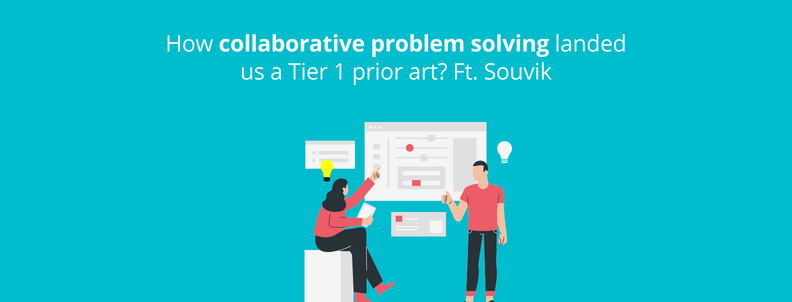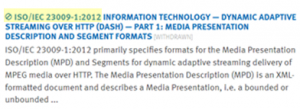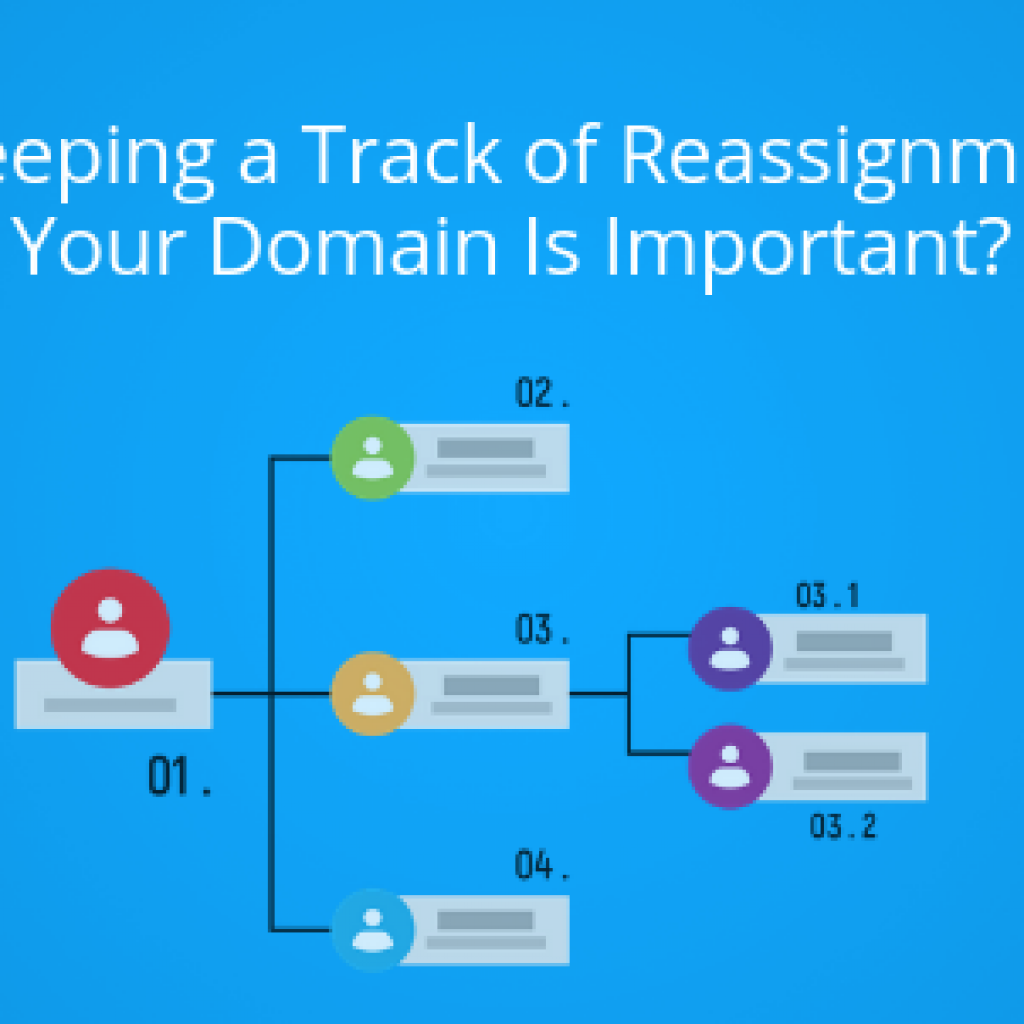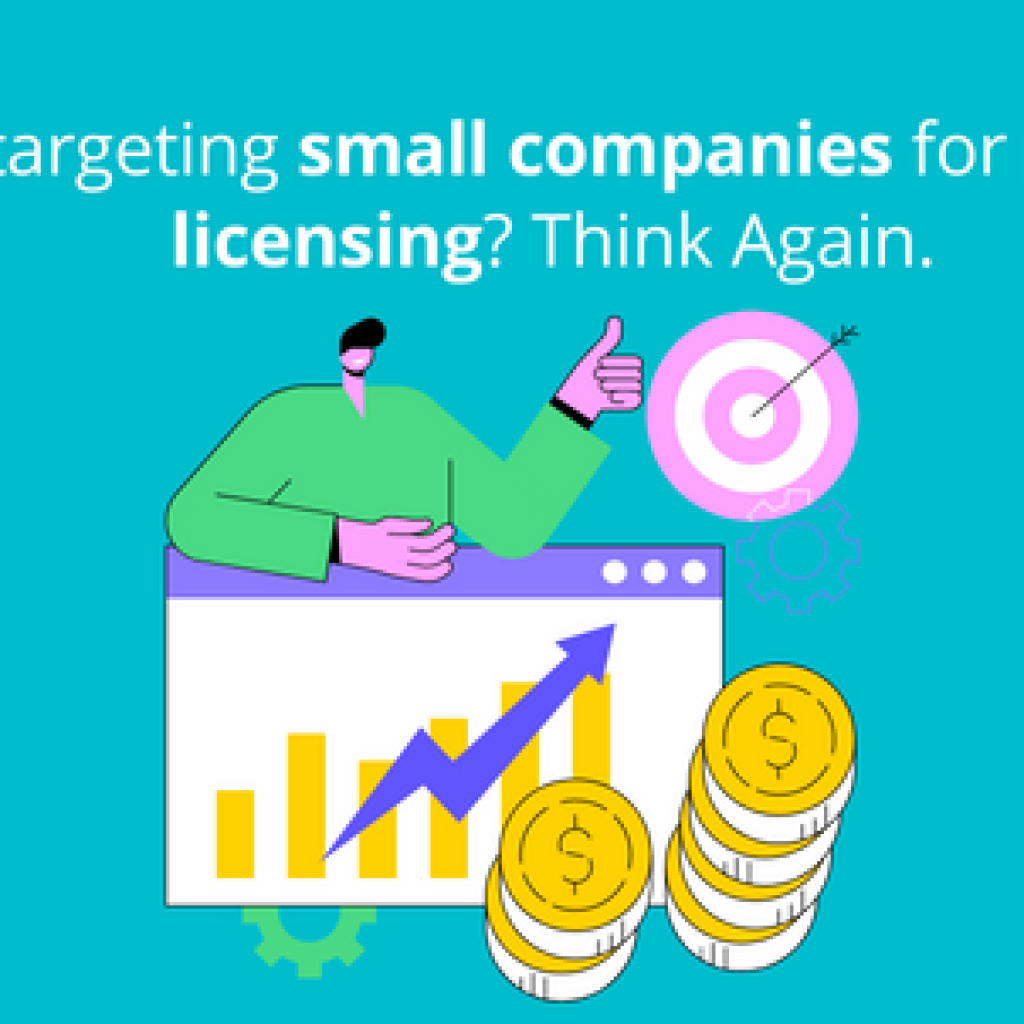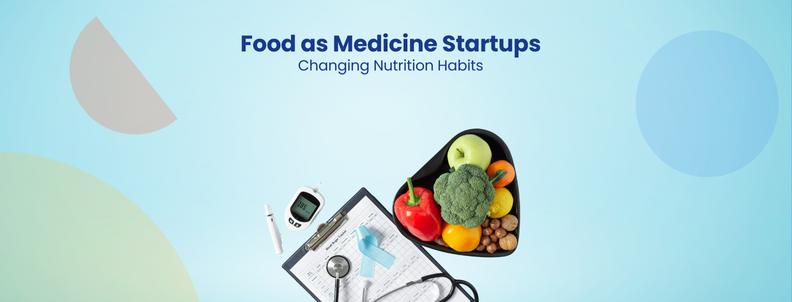When humans, in general, come across a problem, our first instinct is to solve it ourselves. This boosts our confidence to prove to others that we are capable and skilled enough.
While there isn’t anything wrong with it, at times the problem is bigger than us. Hence, when stuck in a situation, taking a different perspective can help us provide a better solution, even a breakthrough just like it did for our team mate ‘Souvik’.
I am not going to beat around the bush as this is all about a situation that I came to know recently. A case where collaborative problem-solving landed our ‘Team mile’, one of the best patent validity search team within GreyB, a Tier 1, aka X prior art.
The case was shared by Souvik over email and I think the learnings from it are worth sharing with everyone.
Here is how it goes in Souvik own words –
Hey folks,
Ever faced a situation where you have no strong Tier-I/Category X result for your case? And, adding salt to the wounds, even the combination solution isn’t that strong. Relatable?
I’m sure you have faced this at least once in your career. The same happened to me but, in my case, I learned some valuable lessons along the way. So here I am, sharing my experience with you all.
It was one of those cases where one clause of the independent claim was worded in such a way that it was difficult to attack the novelty. All the results that I found were failing to provide direct support for that one feature (T_T). Let’s call this feature dard (as in pain). Adding to that, the subject patent was related to Adaptive Bitrate Streaming, so most of the standard-related documents weren’t even publicly available.
The cut-off date for our patent was 5th January 2011. Adding to that, the earliest standard documents that I came across were from the years 2012, 2013, 2014:
Even the client was unable to find any valid documents before the cut-off date. They initially shared two references with us.
However, when I studied those documents, I observed that they were published in 2014 and 2015 respectively. I searched for any previous drafts or meeting documents for these corresponding standards, but to no avail. I was not able to find any relevant results. Soon, the client shared a response stating:
From this, I could understand that even the client was not able to find anything related to these standards before the cut-off date. This was the chance! If I was able to track down a good prior art from these standard documents, that would be pretty epic! But how can I do that? I have already exhausted every possible lead that I had and they all came to a dead end. Without finding any other clue I hopped into a call with Nikhil (as he was the POC for my case) to discuss the client’s comments and told him that I was not able to find any relevant art from the standards.
Fortunately, while we were discussing, Nikhil suddenly recalled that we have actually worked on similar tech for a different client before. We got a document by getting in touch with the IEEE researcher on adaptive streaming, which was otherwise unavailable online. He was almost sure that it might have been the same reference.
After a little search, he found the document and shared it with me in a couple of hours. The document was titled “Text of ISO/IEC 23001-6: Dynamic Adaptive Streaming over HTTP (DASH)” of ISO/IEC JTC1/SC29/WG11, N11578 standard, and it was published Oct. 2010, which was before the cut-off date.
Finding this made me grin, ear-to-ear! I immediately went through the document and checked for overlapping features, especially dard. Here also, the feature was inferentially supported just like the other Category X results we provided. However, since the inference was stronger in DASH, we decided to share this with the client in the next update.
After the update, the client replied stating that this particular reference was actually cited as a Category X reference for the subject patent in one of its German litigation court proceedings.
This was pretty good news as this solidified the fact that the DASH document was indeed very strong. Wow, the Earth really is round!
Thus, it became one of the best results that we shared with the client because of its strong inference for the dard feature.
I wanted to share this story because it helped me realize how sharing and communicating with other team members when facing a dead-end in your project will always be rewarding. We might not get a tier-I every time (I was really lucky), but we will surely find a solution to the problem. I also realized that even when the client fails to find a reference, that’s when finding a good reference becomes much more important. It not only helps us to win their trust but also allows us to provide them with a top-quality service that GreyB is known for. These were my major takeaways from this experience.
Thank you for bearing with me until the end.
Adios, everyone!
Best Regards,
Souvik
At times we must know that it is ‘Problem vs Team’ and not ‘Problem vs You’.
Because in the end what matters is the results you provide to your clients. Additionally, by working together, you can know what other potential your team holds.
You may find this interesting for your next read: Working together: Have you unlocked the hidden potential of your team yet?

